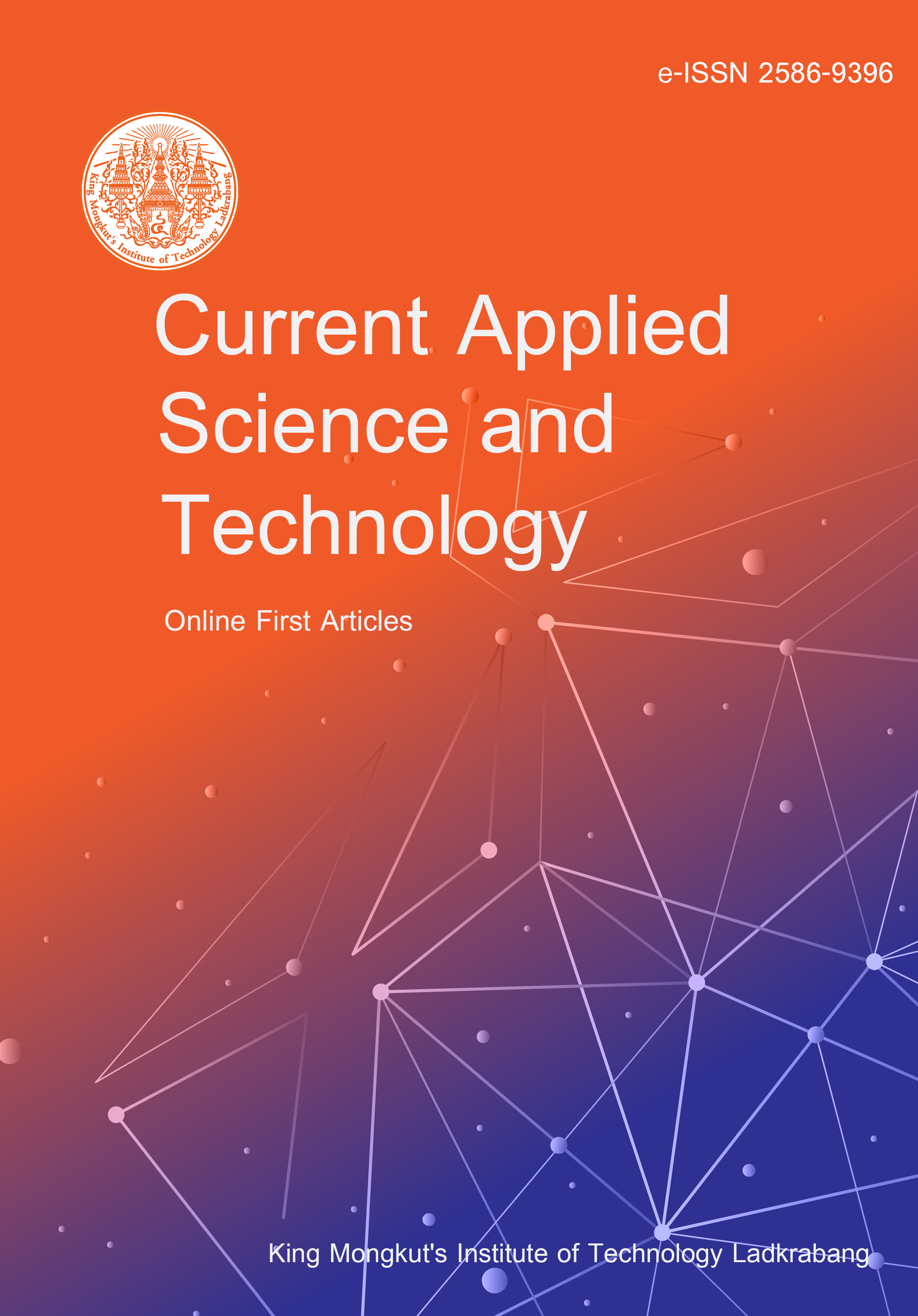This article provides an overview of the principles, properties, and medical applications of terahertz waves. Terahertz (THz) waves are electromagnetic waves with frequencies ranging from 0.1 to 10 THz, lying between the microwave and infrared regions of the spectrum. They possess unique properties such as the ability to penetrate various materials, a non-ionizing nature, and specific spectral responses to certain biological substances. The working principle of terahertz imaging relies on measuring the absorption, reflection, and scattering of terahertz waves as they pass through biological tissues. Terahertz imaging offers a number of advantages over conventional medical imaging techniques, including higher resolution, better differentiation of soft tissues, and the ability to provide both structural and functional information. Applications discussed in the article include skin cancer detection, dentistry, surgery, and drug monitoring. However, there are challenges and limitations to overcome, such as the need for higher image resolution, miniaturization and improvement of devices, and evaluation of long-term safety. Future opportunities lie in integrating terahertz imaging with artificial intelligence to enhance diagnostic accuracy and efficiency. In conclusion, terahertz waves demonstrate significant potential for various medical applications, offering a safe, non-invasive, and high-resolution imaging modality. While further research and development are necessary to address current limitations, translating this technology into clinical practice could ultimately lead to improved patient care and outcomes.
Kongwut, O. ., & Laohhapaibon, P. undefined. . (2025). Terahertz Wave Technology for Medical Treatment and Diagnosis. CURRENT APPLIED SCIENCE AND TECHNOLOGY, e0262839. https://doi.org/10.55003/cast.2025.262839

